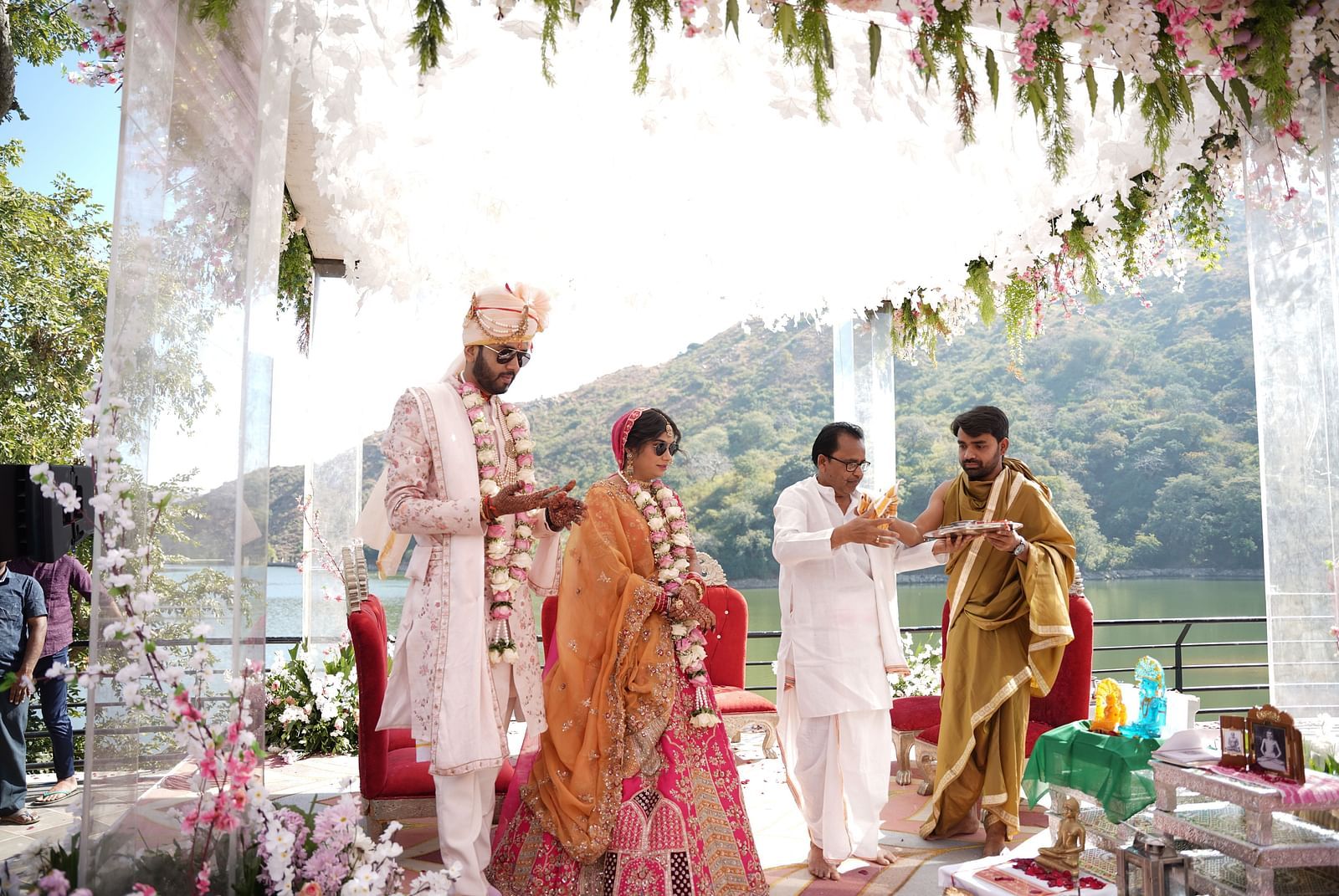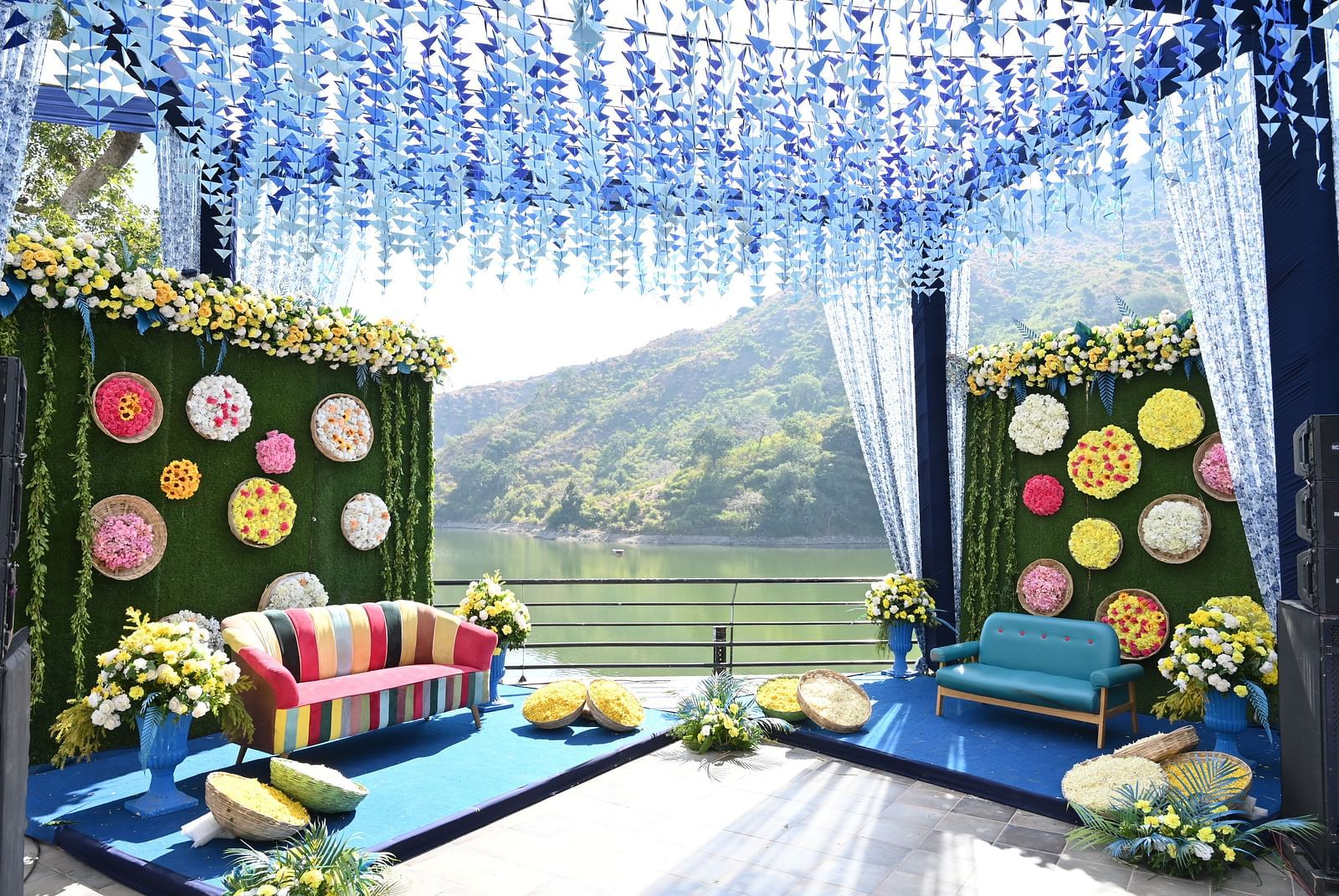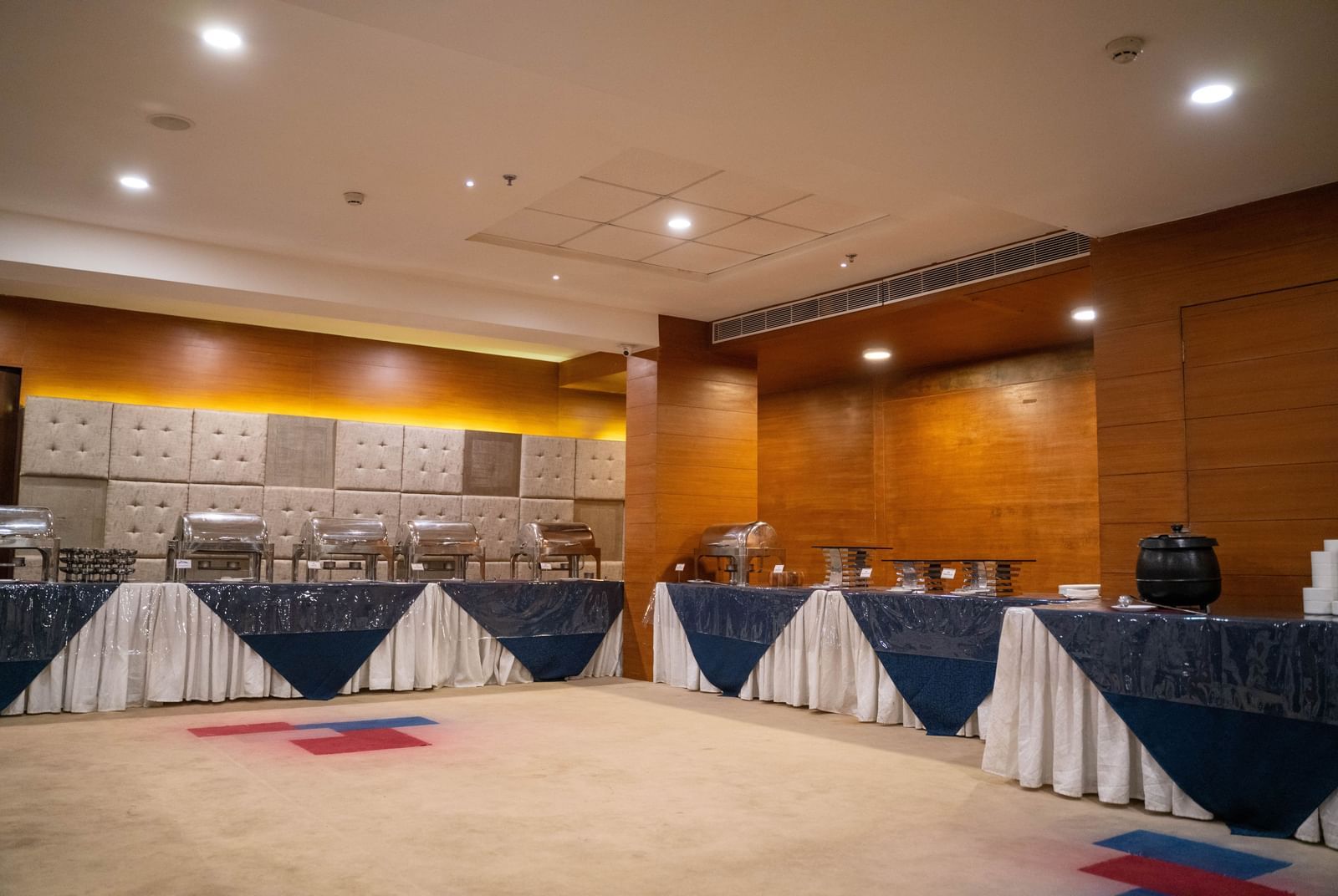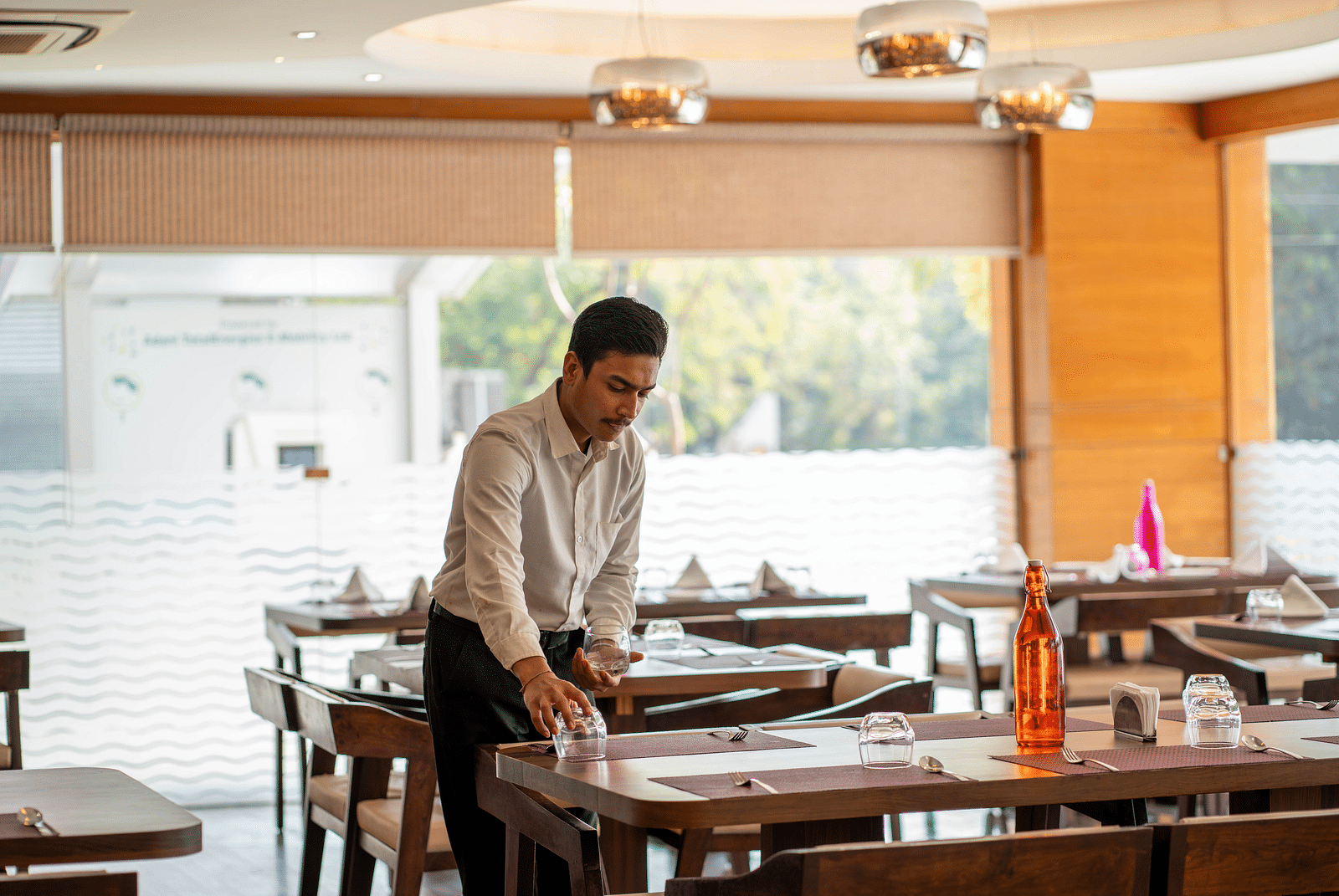
- Free Wi-Fi
- Early check-in and late check-out (subject to availability)
- Room Upgrade (Subject to availability)
- 10 % discount on F&B
- 10% discount on Spa
- Welcome drink on Arrival

Located in the heart of Udaipur, Hotel Udai Median offers an unparalleled blend of comfort, convenience, and elegance making it an ideal choice for both corporate travellers and family groups. Close to major business hubs, cultural landmarks, and vibrant local attractions, our hotel is one of the best hotels in Udaipur city centre. At Hotel Udai Median, we pride ourselves on delivering the best service at affordable prices, ensuring every guest enjoys a seamless and delightful stay. Whether you’re here for a business trip, a family getaway, or a special celebration, our thoughtfully designed rooms, exquisite dining, and versatile banquet facility cater to your every need. Step into a world of warm hospitality, where modern amenities and attention to detail come together to create an unforgettable experience. Choose Hotel Udai Median for a stay that combines convenience, exceptional value and sophistication.
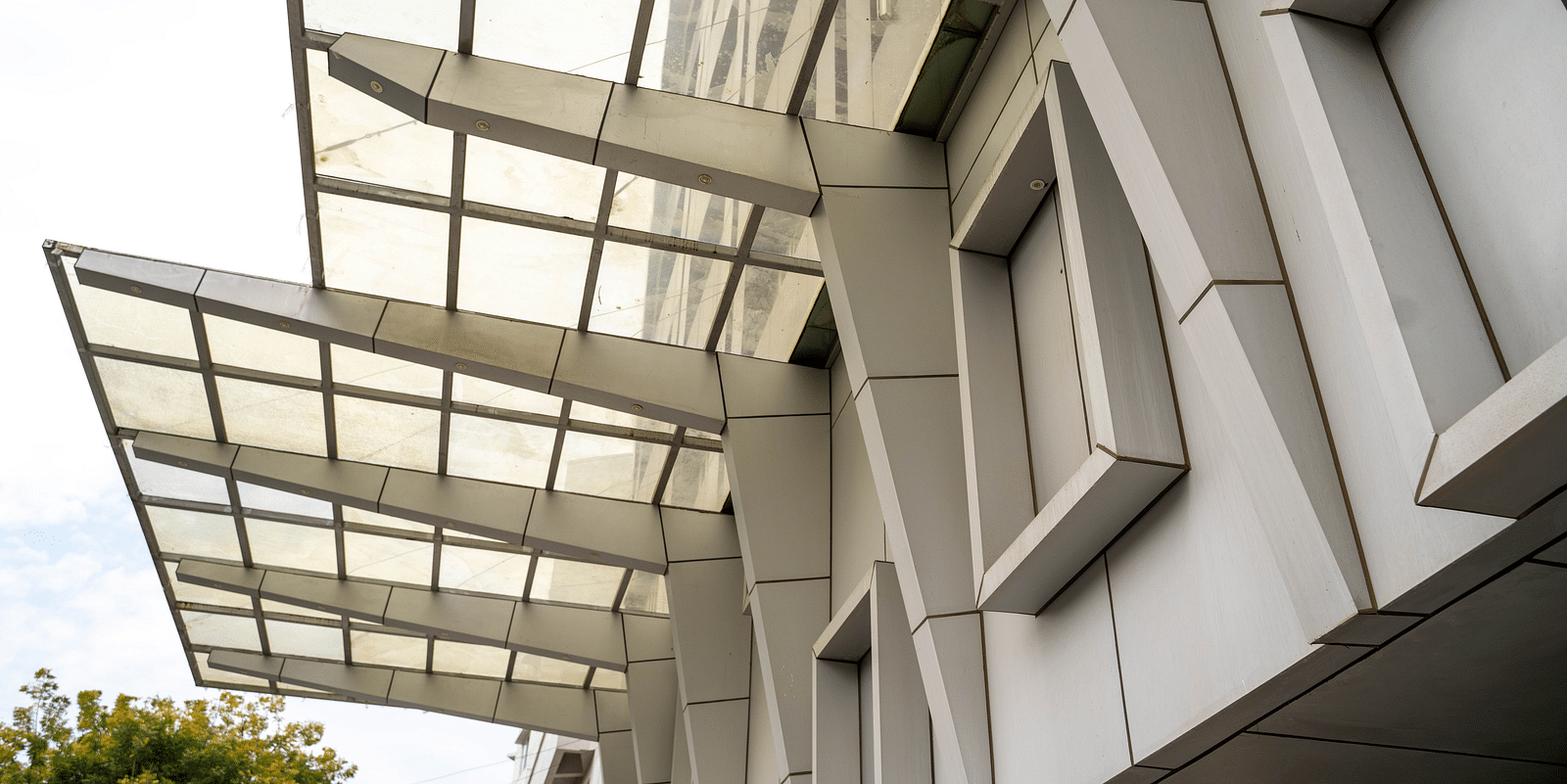
Your Perfect Stay in the Heart of Udaipur
Comfortable Stays Designed for You!

Deluxe Room
Our spacious 395 sq. ft. Deluxe Rooms, featuring a king size bed, sofa cum bed, and space for up to four guests, offer the perfect blend of comfort and style.
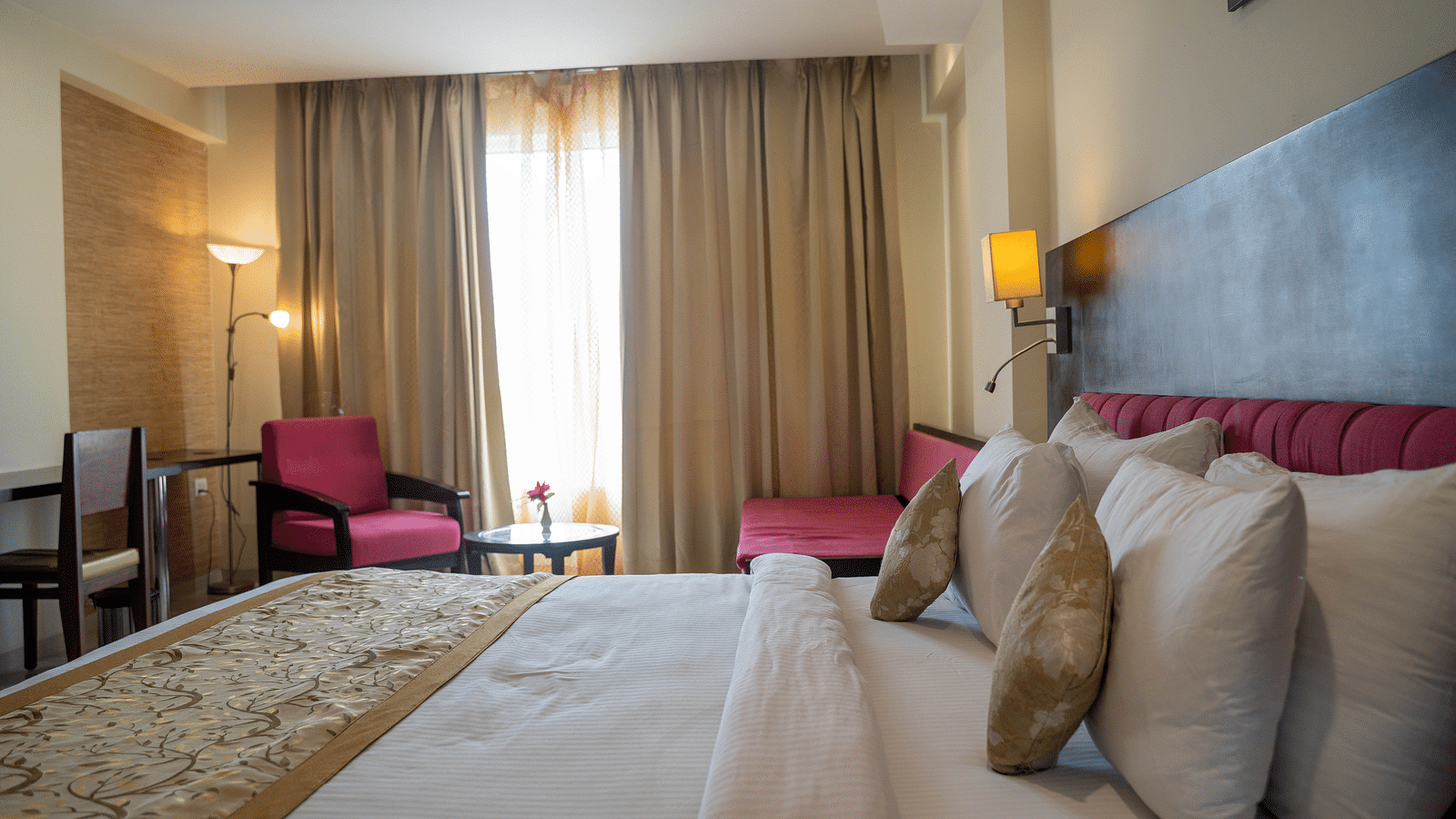
Super Deluxe Room
Our 450 sq. ft. Super Deluxe Rooms, designed for families, offer a king size bed, sofa-cum-bed, private balcony, up to four guests and modern amenities.
Know More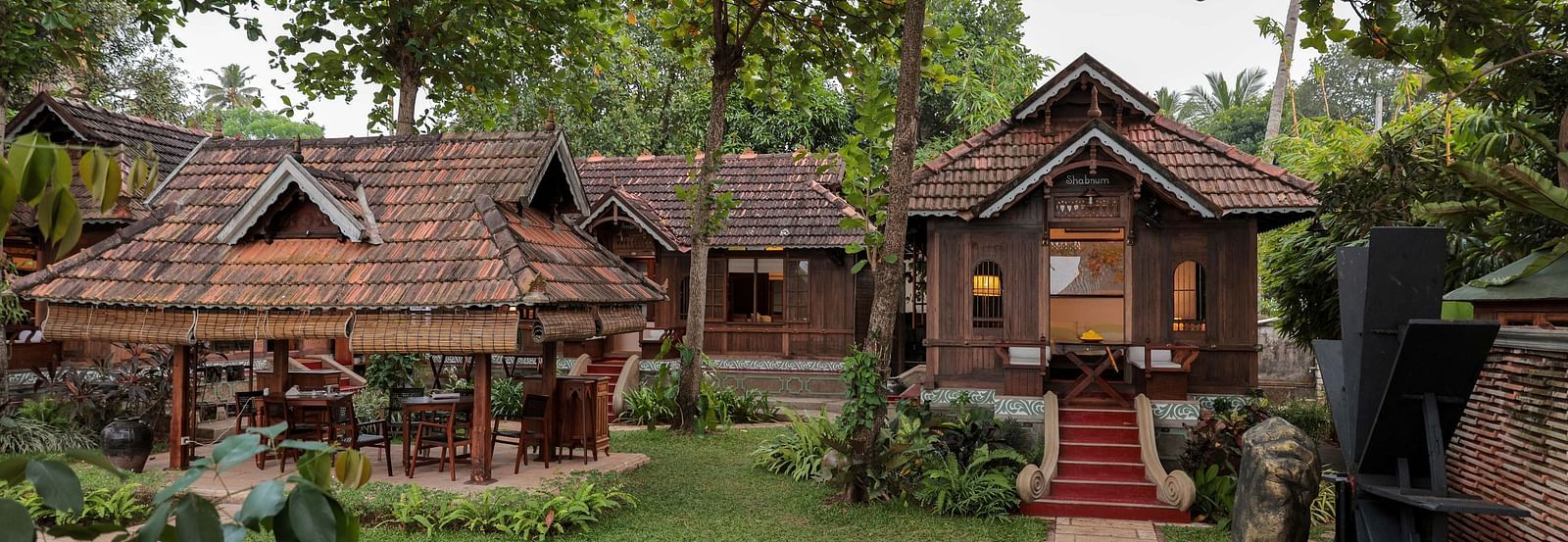
Discover Our Exclusive Packages Today!
Lorem ipsum dolor sit amet consectetur. A vel porttitor lectus vitae nulla sit parturient egestas facilisi. Amet amet morbi nibh habitant pellentesque. Lectus est orci turpis elit tortor vulputate dolor morbi varius.. sit parturient egestas facilisi. Amet amet morbi nibh habitant pellentesque. Lectus est orci turpis elit tortor vulputate dolor morbi varius.
Know More
Discover Our Exclusive Packages Today!
Lorem ipsum dolor sit amet consectetur. A vel porttitor lectus vitae nulla sit parturient egestas facilisi. Amet amet morbi nibh habitant pellentesque. Lectus est orci turpis elit tortor vulputate dolor morbi varius.. sit parturient egestas facilisi. Amet amet morbi nibh habitant pellentesque. Lectus est orci turpis elit tortor vulputate dolor morbi varius.
Know More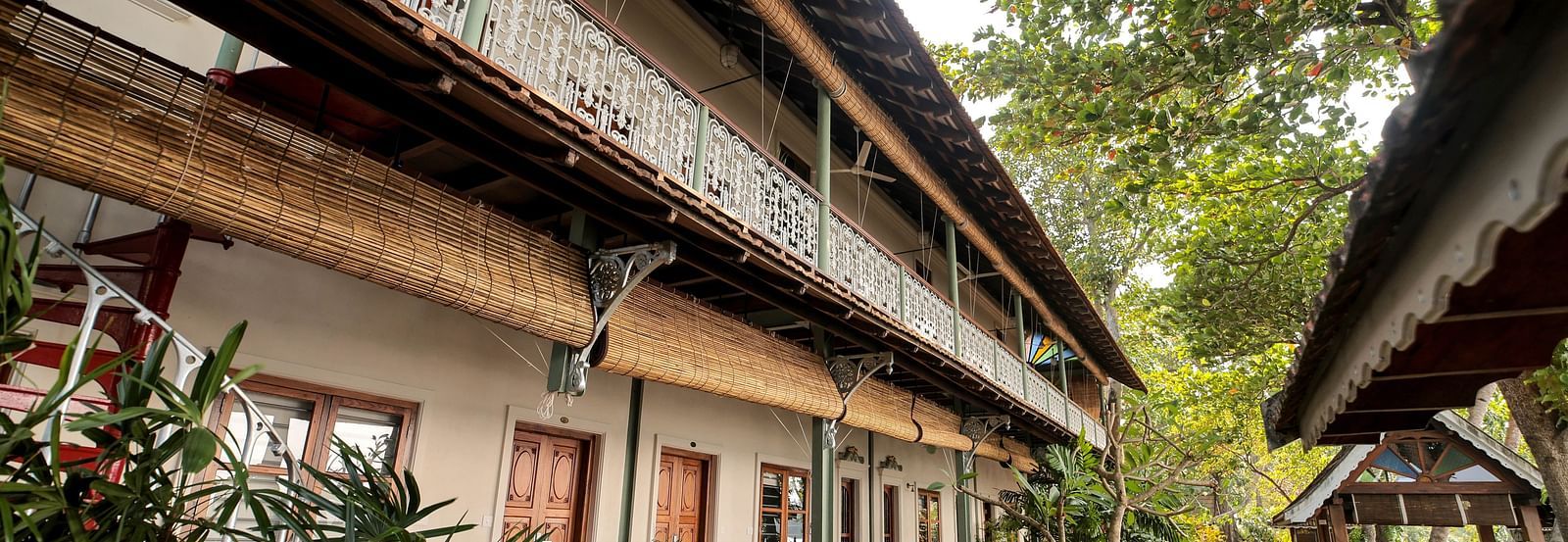
Discover Our Exclusive Packages Today!
Lorem ipsum dolor sit amet consectetur. A vel porttitor lectus vitae nulla sit parturient egestas facilisi. Amet amet morbi nibh habitant pellentesque. Lectus est orci turpis elit tortor vulputate dolor morbi varius.. sit parturient egestas facilisi. Amet amet morbi nibh habitant pellentesque. Lectus est orci turpis elit tortor vulputate dolor morbi varius.
Know More
Discover Our Exclusive Packages Today!
Lorem ipsum dolor sit amet consectetur. A vel porttitor lectus vitae nulla sit parturient egestas facilisi. Amet amet morbi nibh habitant pellentesque. Lectus est orci turpis elit tortor vulputate dolor morbi varius.. sit parturient egestas facilisi. Amet amet morbi nibh habitant pellentesque. Lectus est orci turpis elit tortor vulputate dolor morbi varius.
Know More
Discover Our Exclusive Packages Today!
Lorem ipsum dolor sit amet consectetur. A vel porttitor lectus vitae nulla sit parturient egestas facilisi. Amet amet morbi nibh habitant pellentesque. Lectus est orci turpis elit tortor vulputate dolor morbi varius.. sit parturient egestas facilisi. Amet amet morbi nibh habitant pellentesque. Lectus est orci turpis elit tortor vulputate dolor morbi varius.
Know More
Discover Our Exclusive Packages Today!
Lorem ipsum dolor sit amet consectetur. A vel porttitor lectus vitae nulla sit parturient egestas facilisi. Amet amet morbi nibh habitant pellentesque. Lectus est orci turpis elit tortor vulputate dolor morbi varius.. sit parturient egestas facilisi. Amet amet morbi nibh habitant pellentesque. Lectus est orci turpis elit tortor vulputate dolor morbi varius.
Know MoreLorem Ipsum Dolor Sit Amet Consectetur
Mid-Town Restaurant: A Feast for All Occasions
Indulge in a refined dining experience at Mid-Town Restaurant, Hotel Udai Median’s pure vegetarian haven. The restaurant offers an exquisite multi-cuisine menu crafted with care. Enjoy fine dining in an elegant setting, with both buffet and a la carte options available. Welcoming for all occasions, Mid-Town Restaurant ensures every meal is a memorable experience.
An exciting rooftop restaurant is coming soon, offering stunning views and a delightful dining experience—stay tuned!
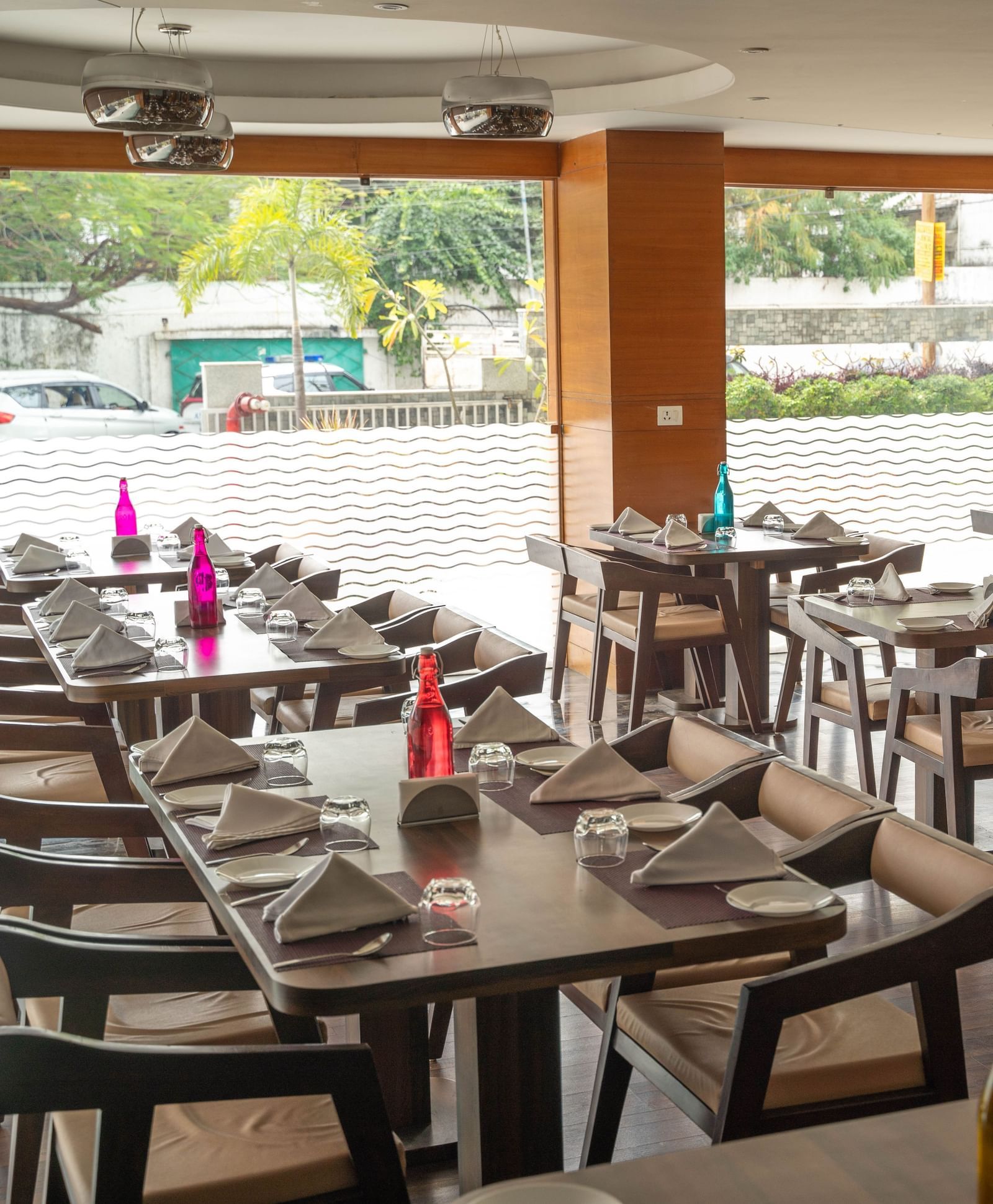
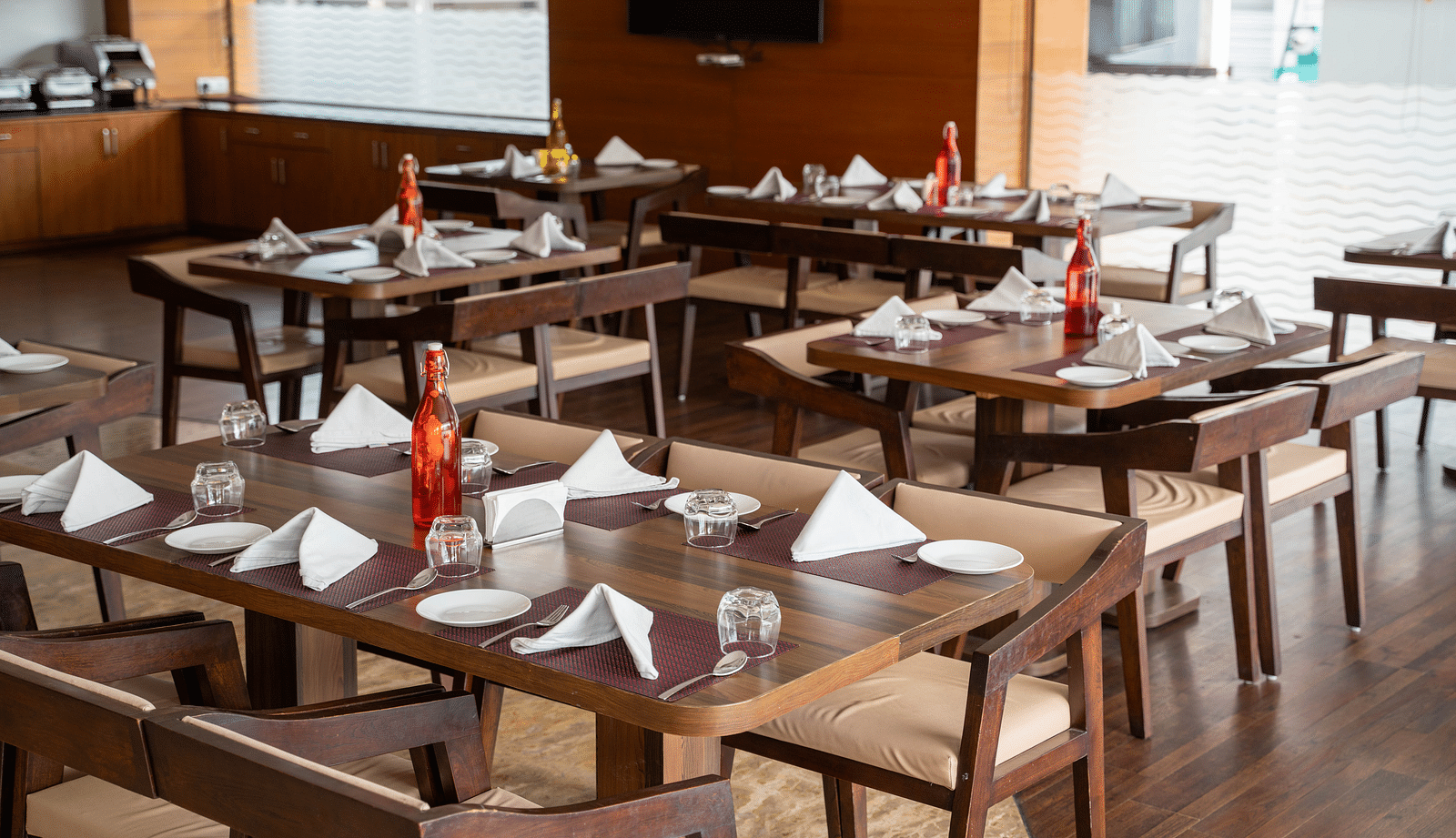

Where Every Occasion Finds its Perfect Setting
Choose from a range of elegant banquet venues, including the intimate Jasmine Hall, the versatile Orchid Pavilion and the Grand Saffron Chamber. Intimate celebrations in Jasmine Hall offer a charming setting for workshops, private ceremonies, and close-knit celebrations. The Orchid Pavilion is ideal for mid-sized events like receptions, corporate meetings, and the Saffron Chamber is perfect for large-scale weddings, conferences, and gala dinners. Our dedicated staff ensure a seamless and unforgettable experience.
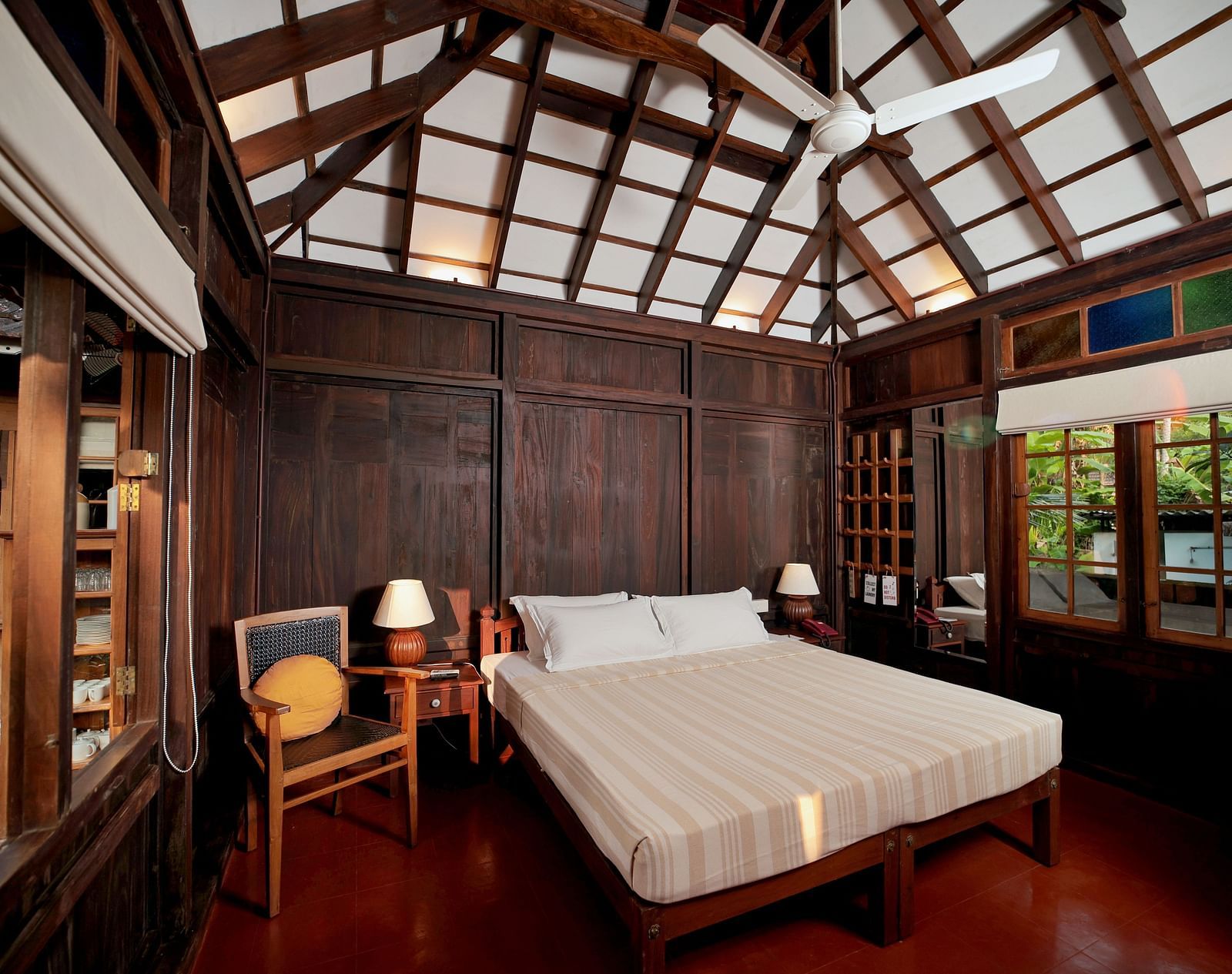
Lorem Ipsum Banquets
Lorem ipsum dolor sit amet consectetur. A vel porttitor lectus vitae nulla sit parturient egestas facilisi. Amet amet morbi nibh habitant pellentesque. Lectus est orci turpis elit tortor vulputate dolor morbi varius.. sit parturient egestas facilisi.
Know More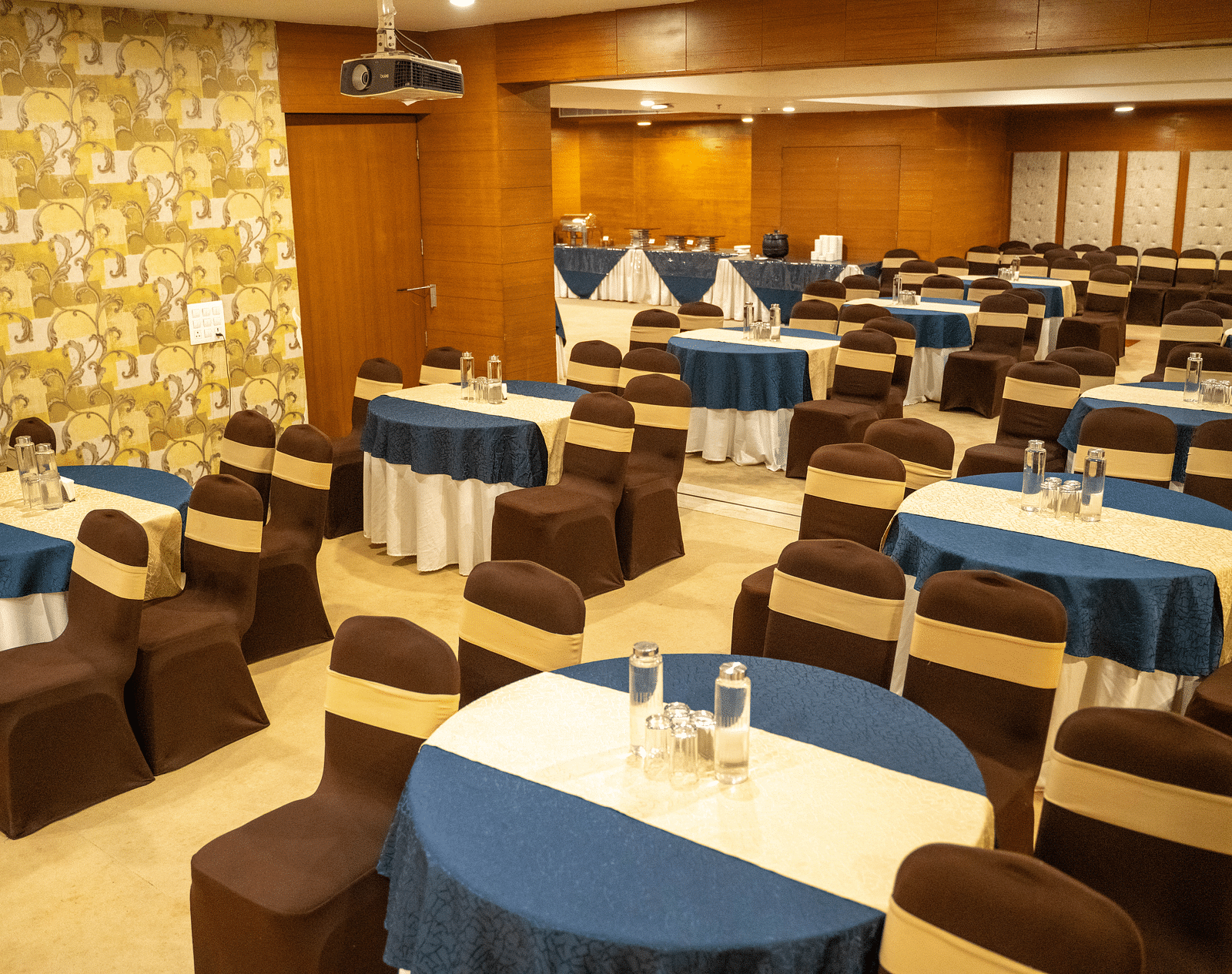
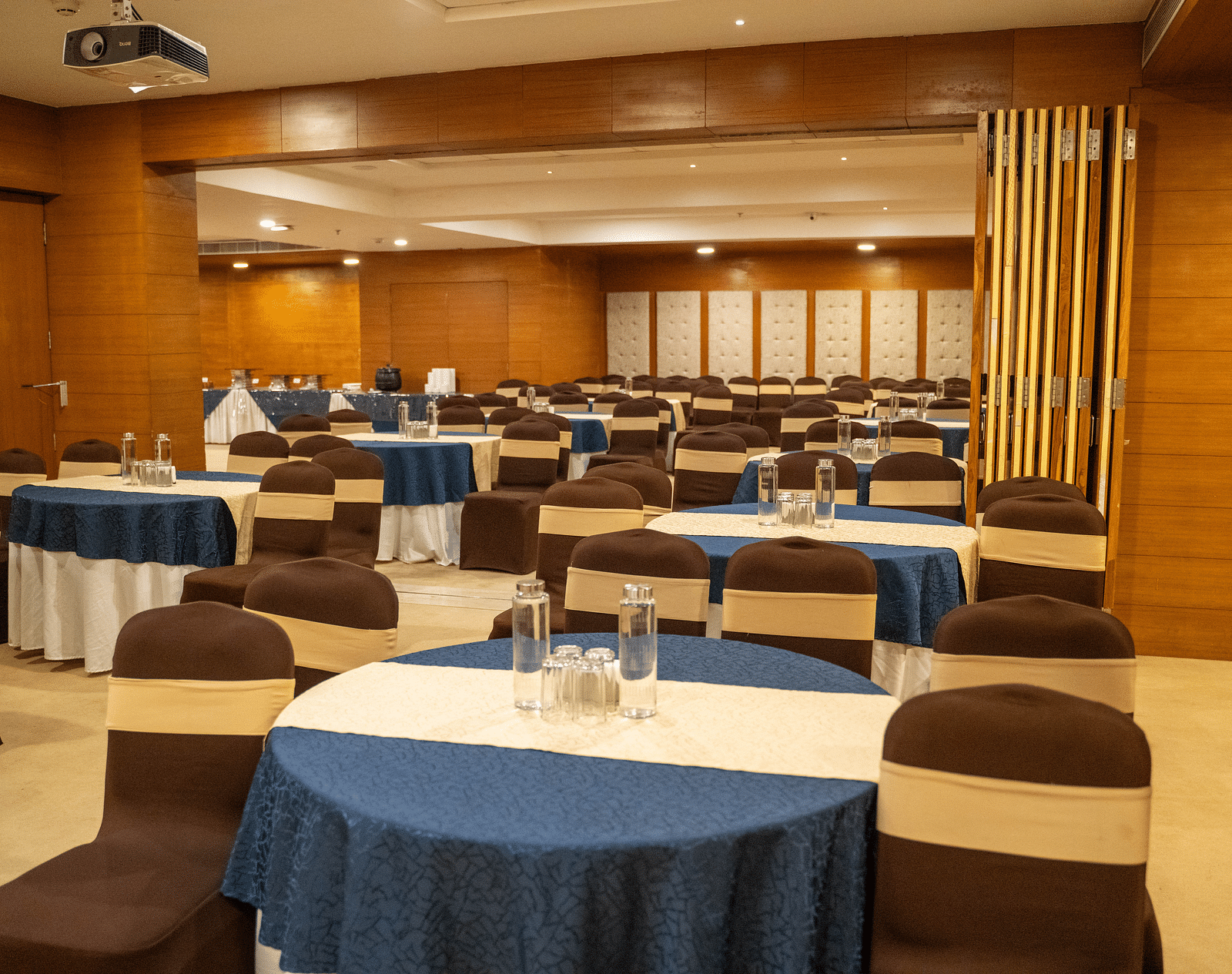
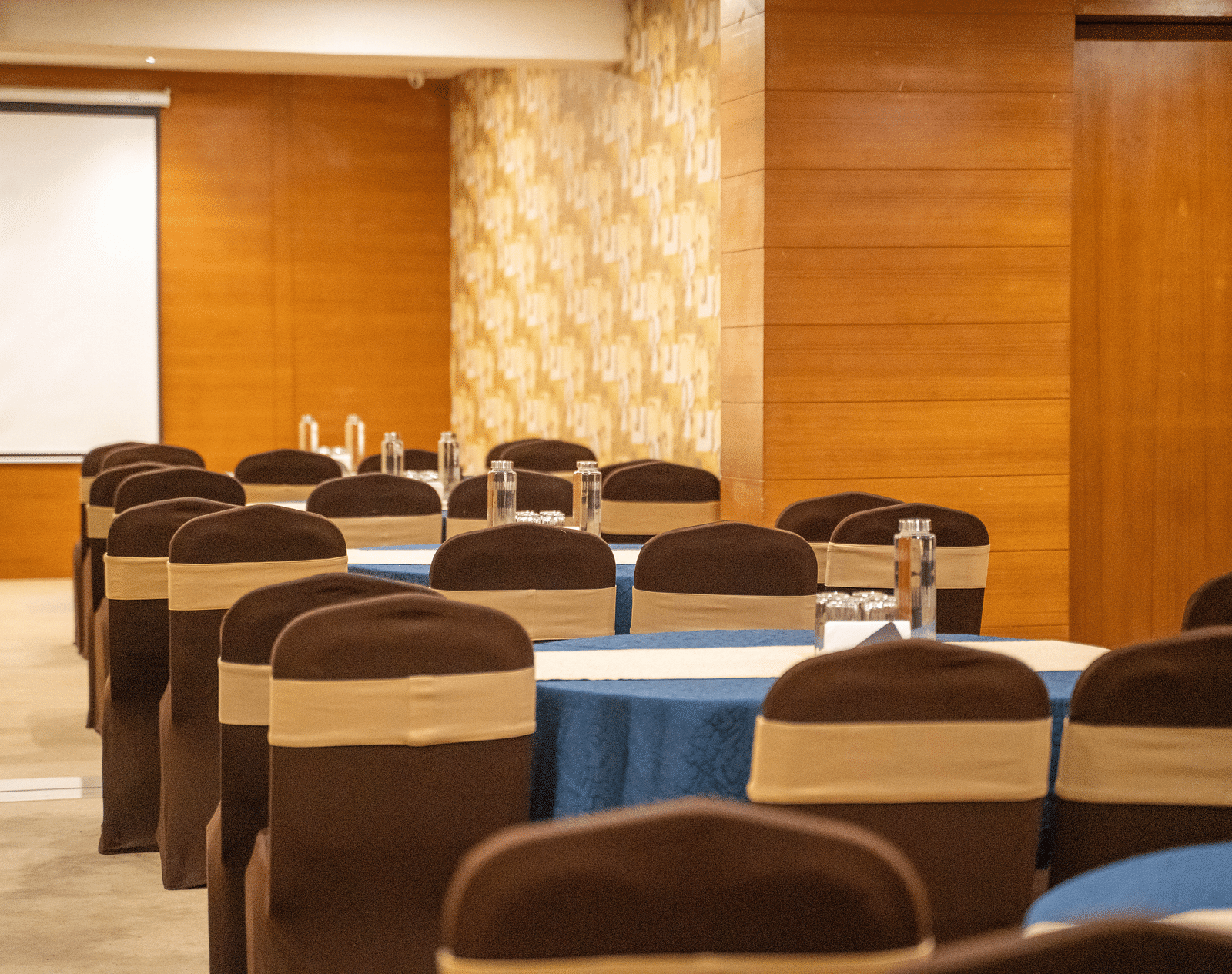
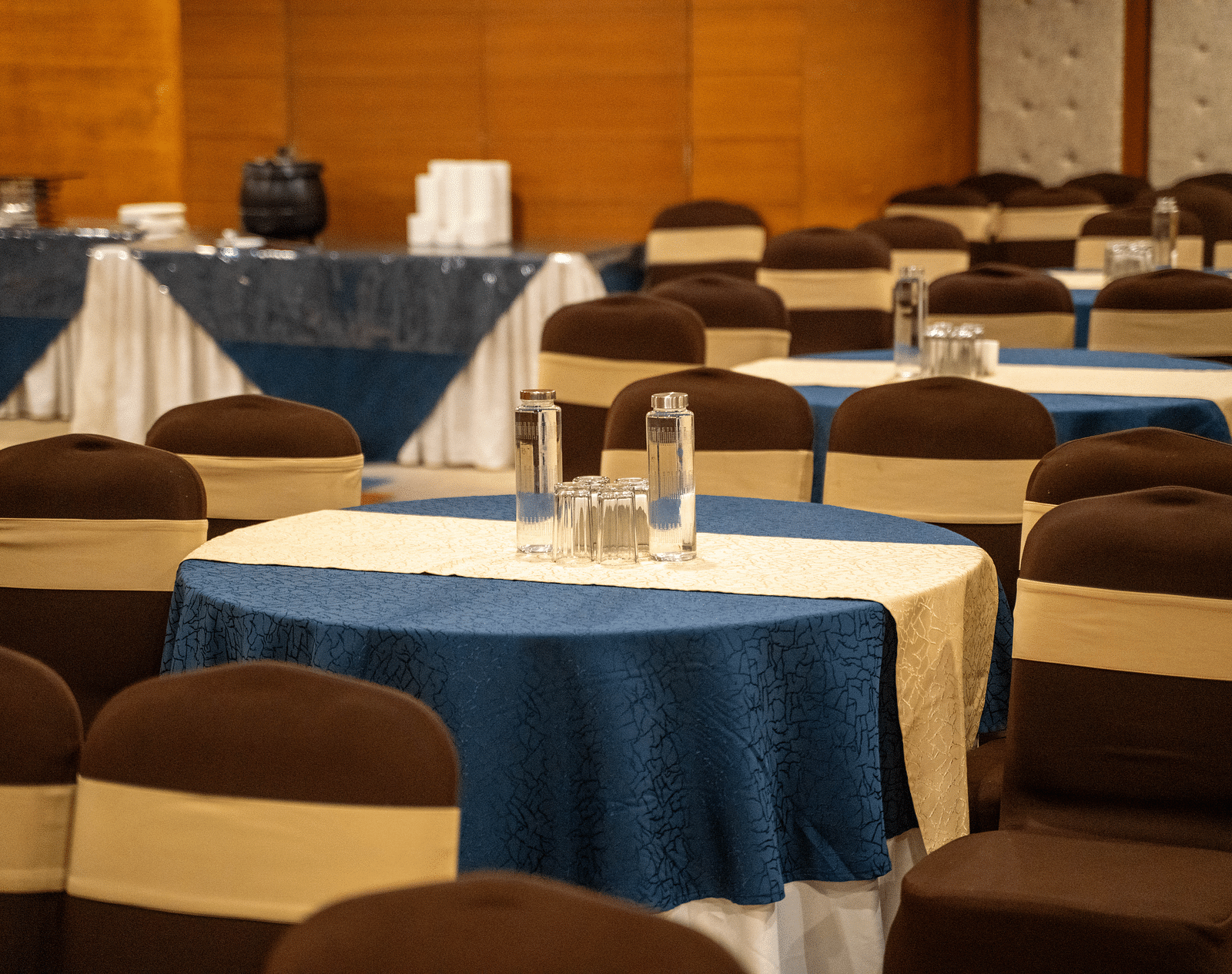
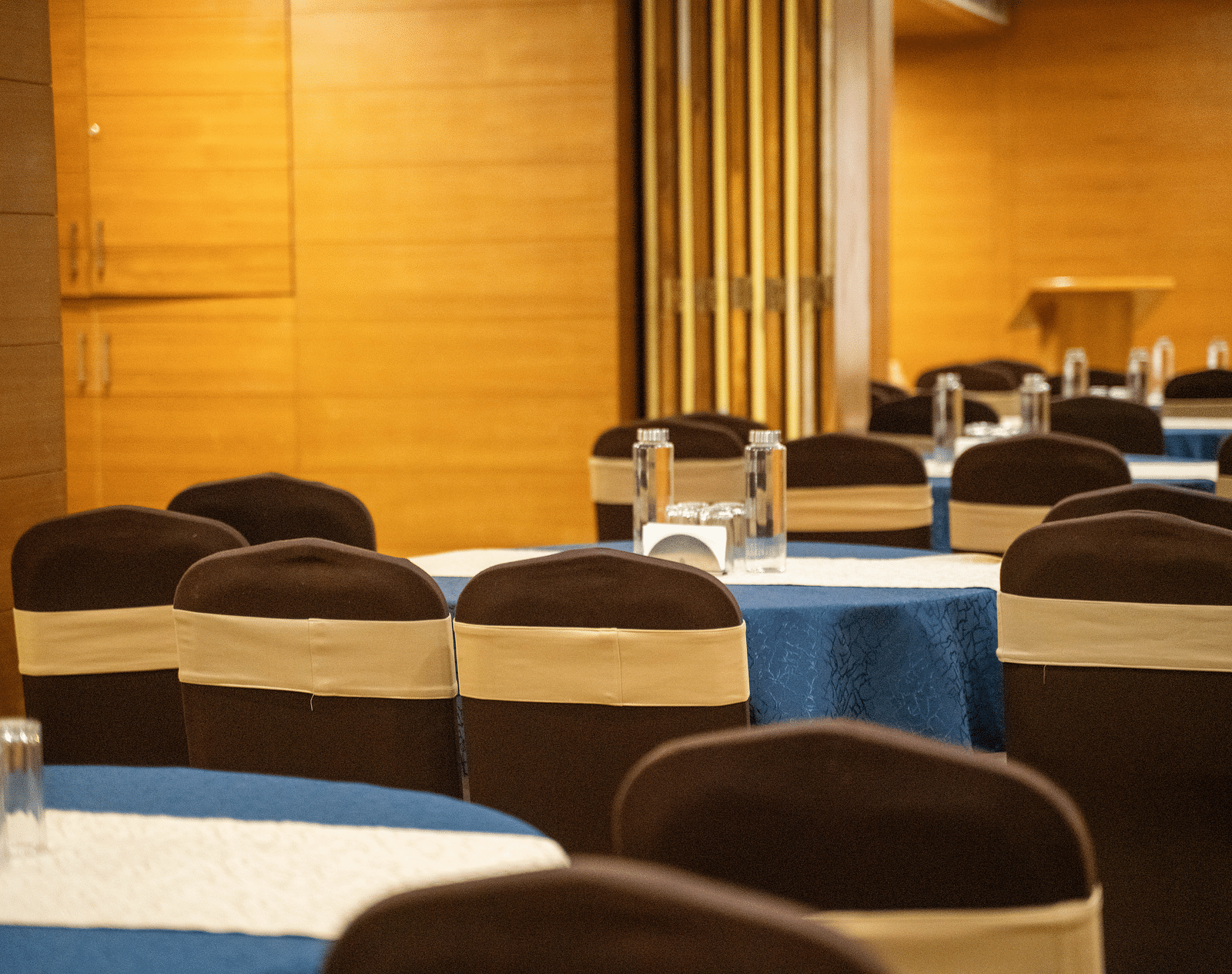


Create Unforgettable Events at Regency One
Regency One is a versatile 1,600 sq. ft. banquet hall perfect for hosting conferences, meetings, weddings, kitty parties, birthday celebrations, and more. Accommodating up to a maximum of 250 guests, it offers various other flexible seating arrangements. This pillarless venue is flexible and can be converted into smaller functional units for tailored events.
SANGAM BY VIA LAKHELA
Celebrate the union of two souls amidst the enchanting beauty of nature. As you step into our tranquil oasis, you are embraced by the serenity of lush landscapes and the captivating melodies of chirping birds. Our exquisite properties offer a picturesque backdrop for your destination wedding, where every moment becomes a cherished memory. With luxurious accommodations, breathtaking venues, and impeccable service, Sangam ensures that your special day is nothing short of extraordinary.
Lorem ipsum dolor sit amet, consectetur adipiscing elit
Lorem ipsum dolor sit amet, consectetur adipiscing elit
Lorem ipsum dolor sit amet, consectetur adipiscing elit

Escape to Blissful Relaxation
Facilities
FIND US ON INSTAGRAM
Lorem ipsum dolor sit amet, consectetur adipiscing elit
Lorem ipsum dolor sit amet, consectetur adipiscing elit
Lorem ipsum dolor sit amet, consectetur adipiscing elit
TESTIMONIALS

Lorem ipsum dolor sit amet
Lorem ipsum dolor sit amet consectetur. A vel porttitor lectus vitae nulla sit parturient egestas facilisi. Lorem ipsum dolor sit amet consectetur. A vel porttitor lectus vitae nulla sit parturient egestas facilisi.

Lorem ipsum dolor sit amet
Lorem ipsum dolor sit amet consectetur. A vel porttitor lectus vitae nulla sit parturient egestas facilisi. Lorem ipsum dolor sit amet consectetur. A vel porttitor lectus vitae nulla sit parturient egestas facilisi.

Lorem ipsum dolor sit amet
Lorem ipsum dolor sit amet consectetur. A vel porttitor lectus vitae nulla sit parturient egestas facilisi. Lorem ipsum dolor sit amet consectetur. A vel porttitor lectus vitae nulla sit parturient egestas facilisi.

Lorem ipsum dolor sit amet
Lorem ipsum dolor sit amet consectetur. A vel porttitor lectus vitae nulla sit parturient egestas facilisi. Lorem ipsum dolor sit amet consectetur. A vel porttitor lectus vitae nulla sit parturient egestas facilisi.

Lorem ipsum dolor sit amet
Lorem ipsum dolor sit amet consectetur. A vel porttitor lectus vitae nulla sit parturient egestas facilisi. Lorem ipsum dolor sit amet consectetur. A vel porttitor lectus vitae nulla sit parturient egestas facilisi.

Lorem ipsum dolor sit amet
Lorem ipsum dolor sit amet consectetur. A vel porttitor lectus vitae nulla sit parturient egestas facilisi. Lorem ipsum dolor sit amet consectetur. A vel porttitor lectus vitae nulla sit parturient egestas facilisi.

Lorem ipsum dolor sit amet
Lorem ipsum dolor sit amet consectetur. A vel porttitor lectus vitae nulla sit parturient egestas facilisi. Lorem ipsum dolor sit amet consectetur. A vel porttitor lectus vitae nulla sit parturient egestas facilisi.

Lorem ipsum dolor sit amet
Lorem ipsum dolor sit amet consectetur. A vel porttitor lectus vitae nulla sit parturient egestas facilisi. Lorem ipsum dolor sit amet consectetur. A vel porttitor lectus vitae nulla sit parturient egestas facilisi.

Lorem ipsum dolor sit amet
Lorem ipsum dolor sit amet consectetur. A vel porttitor lectus vitae nulla sit parturient egestas facilisi. Lorem ipsum dolor sit amet consectetur. A vel porttitor lectus vitae nulla sit parturient egestas facilisi.

Lorem ipsum dolor sit amet
Lorem ipsum dolor sit amet consectetur. A vel porttitor lectus vitae nulla sit parturient egestas facilisi. Lorem ipsum dolor sit amet consectetur. A vel porttitor lectus vitae nulla sit parturient egestas facilisi.

Lorem ipsum dolor sit amet
Lorem ipsum dolor sit amet consectetur. A vel porttitor lectus vitae nulla sit parturient egestas facilisi. Lorem ipsum dolor sit amet consectetur. A vel porttitor lectus vitae nulla sit parturient egestas facilisi.

Lorem ipsum dolor sit amet
Lorem ipsum dolor sit amet consectetur. A vel porttitor lectus vitae nulla sit parturient egestas facilisi. Lorem ipsum dolor sit amet consectetur. A vel porttitor lectus vitae nulla sit parturient egestas facilisi.
10% Discount on F&B and Laundry
Enjoy a 10% discount on food, beverages, and laundry services at Darza Resort in Coimbatore for a limited time.
Explore

